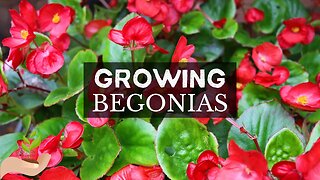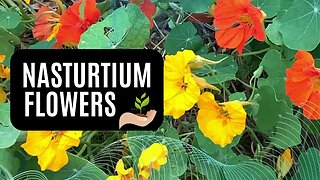Purple Petunia Flowers
#purplepetunias #growpetunias #indoorpetunias #indoorplants
Growing petunias indoors can be a rewarding experience, allowing you to enjoy their beautiful blooms even if you don't have access to an outdoor garden. Here are some steps to help you successfully grow petunias indoors:
Choose the right variety: Select a petunia variety that is well-suited for indoor cultivation. Look for compact or trailing varieties, as they tend to adapt better to container gardening. Some popular indoor petunia varieties include 'Surfinia,' 'Supertunia,' and 'Wave.'
Start with seeds or young plants: You can either start petunias from seeds or purchase young plants from a local nursery or garden center. Starting from seeds allows you to have a wider variety of options, but it requires more time and effort.
Provide adequate light: Petunias thrive in full sunlight, so choose a sunny spot in your home for your indoor garden. Place your plants near a south-facing window or provide supplemental grow lights to ensure they receive at least 6-8 hours of direct sunlight per day.
Select the right containers: Choose containers with good drainage to prevent waterlogging. Use pots or hanging baskets with drainage holes to allow excess water to escape. Make sure the containers are large enough to accommodate the root system and provide ample room for growth.
Use well-draining soil: Petunias prefer well-draining soil to avoid waterlogged roots. Use a high-quality potting mix specifically formulated for containers. You can also add perlite or vermiculite to the mix to enhance drainage.
Water properly: Petunias need regular watering, but it's crucial not to overwater them. Check the moisture level of the soil by sticking your finger about an inch deep. Water the plants when the top inch of soil feels dry. Ensure that excess water can drain freely from the container.
Fertilize regularly: Indoor petunias benefit from regular fertilization. Use a balanced, water-soluble fertilizer and follow the package instructions for dosage and frequency. Fertilize your plants every two to three weeks during the growing season to promote healthy growth and continuous blooming.
Prune and deadhead: Regularly pinch back the growing tips of your petunias to encourage bushier growth. Remove faded flowers (deadhead) to promote new blooms and prevent seed formation.
Monitor for pests and diseases: Keep an eye out for common pests such as aphids, spider mites, and whiteflies. If you notice any infestations, treat them promptly with appropriate organic or chemical insecticides. Ensure good air circulation around the plants to prevent fungal diseases.
Provide support if needed: Some trailing petunia varieties may require support as they grow. Use stakes, trellises, or plant cages to provide support and maintain a neat appearance.
-
 6:36
6:36
Garden Revelations
1 year agoHow to Grow Petunias: A Comprehensive Guide for Vibrant Blooms
100 -
 3:30
3:30
Garden Revelations
1 year agoBLACK EYED SUSANS + BROWN EYED SUSANS: Delightful native wildflowers for the garden
137 -
 0:21
0:21
FourSeasons1
1 year agoPetunia
3 -
 13:02
13:02
GardeninginCanada
4 years agoTHE TOP 3 Petunia Variety FOR Cold Climates/What To Look For In The Greenhouse | Gardening in Canada
11 -
 0:21
0:21
pitamber365
3 years agoPurple flowers 💐
73 -
 4:01
4:01
Garden Revelations
1 year agoGROWING BEGONIAS: Beautiful, colorful flowers with many varieties and colors to choose!
46 -
 1:09
1:09
Garden Revelations
1 year agoNasturtium Flowers: A Quick Overview
26 -
 4:12
4:12
Garden Revelations
1 year agoDAYLILIES: A Beautiful, Low-Maintenance Garden Perennial (so many day lilies to choose from!)
28 -
 0:57
0:57
Garden Revelations
1 year agoTulips: Gorgeous Springtime Flowers
15 -
 4:48
4:48
Garden Revelations
1 year agoButterfly Bush: Perennial Flowers for the Full Sun (Best Plant for a Pollinator Garden)
1191